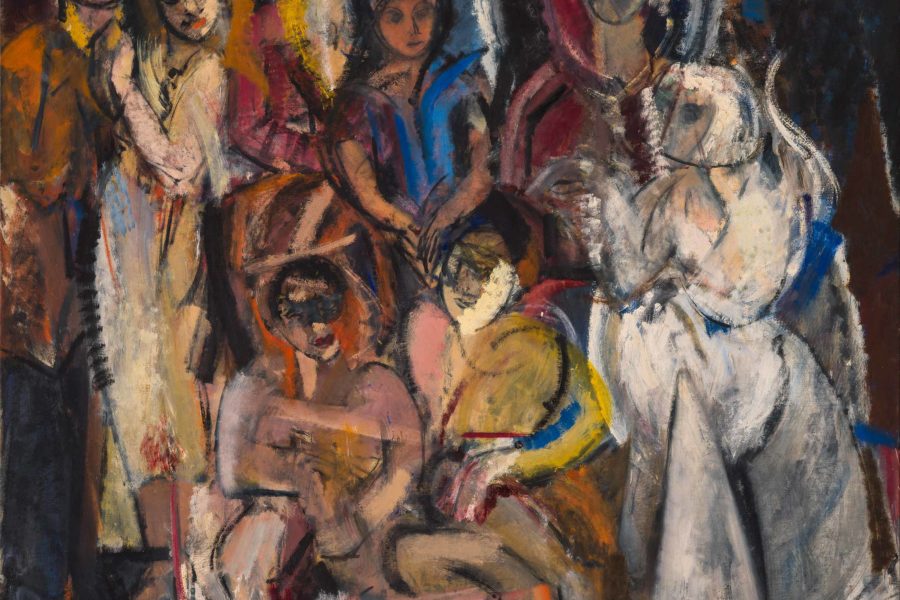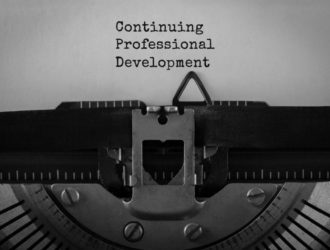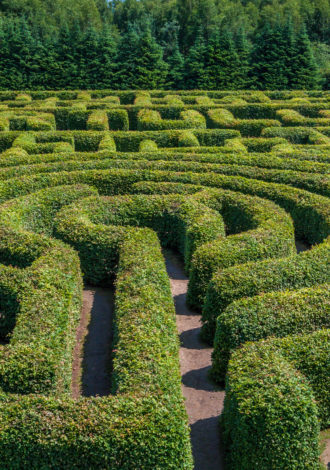On Saturday, September 14, the Museum of Fine Arts, Boston, officially unveiled its renovated third floor to public visitors.
The newly spruced space features the best possible upgrade, in our opinion. It’s showcasing female artists exclusively in “Women Take the Floor.” The exhibition runs through May 3, 2021, which is a significant stretch for a show of this magnitude. It’s also a nice chunk of time to give Greater Boston and the world time to reflect on these female talents.
Exhibition curator Nonie Gadsden, the Katharine Lane Weems Senior Curator of American Decorative Arts and Sculpture, says, “It’s marking the 100th anniversary of women’s suffrage, and it will hopefully allow us to bring a lot of these stories out from the woodwork.”
The Exhibition
The exhibition is divided into a series of categories. “Women of Action” recognizes women who contributed to the formation of action painting in the mid 20th century; it’s a movement that is — surprise — almost always attributed to men. In “Beyond the Loom: Fiber as Sculpture,” trailblazing fiber artists re-appropriate mediums that have traditionally been seen as “women’s work” into exquisite works of art.
The exhibition represents women of color, queer and trans women and native voices throughout the exhibition. Key players like Georgia O’Keeffe and Frida Kahlo are present, but less celebrated artists also have works hanging from gallery walls.
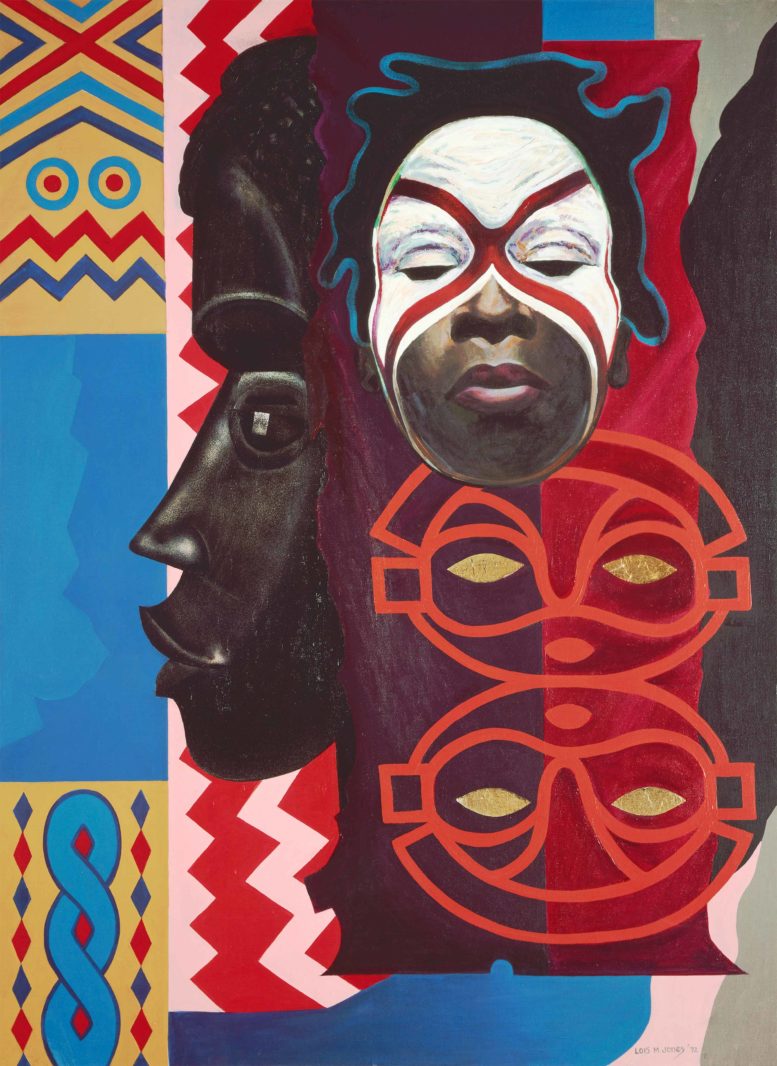
The Hayden Collection—Charles Henry Hayden Fund; © Lois Mailou Jones Pierre-Noel Trust; Photograph © Museum of Fine Arts, Boston
“Ubi Girl from Tai Region” by American artist Loïs Mailou Jones
Loïs Mailou Jones was a Boston-born painter who studied at SMFA before traveling the world representing people of color. The main gallery gives her piece “Ubi Girl from Taï Region” well-deserved placement. Nearby, Moroccan artist Lalla Essaydi’s photograph “Converging Territories #30” analyzes the complex gender roles of Islamic cultures by covering what looks like a family of women of varying ages with sacred calligraphy.
“Women Take the Floor” isn’t just about female artists who produced and produce work. It’s about the systems in the art world that have perpetually kept women out of shows, sales and celebrity. Areas of the show explore how female artists have helped each other by depicting, publishing and championing women artists to counteract these oppressive practices.
“That has continued through the 20th century as women continue to struggle to show their artwork,” says Gadsden. “The statistics are pretty appalling of both art museums and the marketplace and secondary marketplace. The amount of space that women artists get is very much a fraction of what male artists get.”
Public Gives Feedback
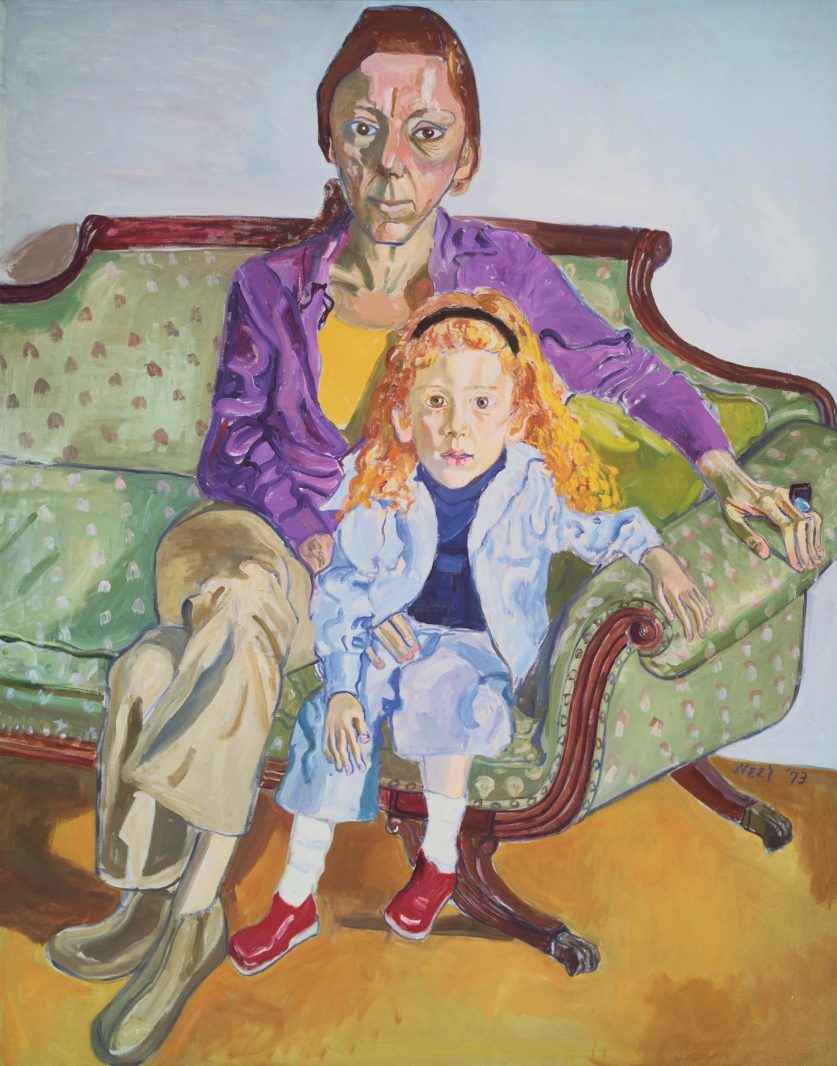
Seth K. Sweetser Fund. © The Estate of Alice Neel. Courtesy David Zwirner, New York/London. Photograph © Museum of Fine Arts, Boston
“Linda Nochlin and Daisy,” by American artist Alice Neel
Because the MFA itself is part of this system, it reached outside its walls for input when assembling the show. Roundtable discussions with local female leaders led to the development of the central gallery, “Women Depicting Women: Her Vision, Her Voice” as a community space.
In it, Porsha Olayiwola, poet laureate for the City of Boston, performs an original piece called “what is the suffrage movement to a blk womyn? an anthem” in a looped video presentation.
Members of local feminist collective The Cauldron identified quotes from featured intersectional feminist voices. This space is also home to interactive projects where viewers can make art or write female-positive stories.
When we visited the show on Saturday, we saw a father come in with his elementary school aged daughter. A lively girl with long, blonde curls. She immediately stopped in front of “Linda Nochlin and Daisy,” a painting by Alice Neel.
She tugged on her father’s sleeve and pointed to the girl in the painting. A girl who looked just like her was here on the wall of a major art museum. That is what this exhibition is for. So that every girl can look at these gallery walls and know that it is her museum, too.
Read this for other women-centric arts events in Greater Boston this fall.



 3 min read
3 min read